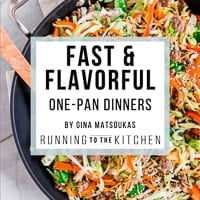We like to think we’re doing ourselves a favor when we grab something with a “healthy” label, but snacks aren’t always what they claim to be. A lot of the time, they’re just dressed-up versions of junk food that sneak in more sugar, fat, and calories than you’d expect. It can be frustrating to realize that what feels like a smarter choice may not actually be. But once you know what to look for amongst the marketing chaos, it’s easier to see which snacks live up to the hype and which ones are better skipped.

Granola bars

Granola bars are often marketed as the perfect on-the-go snack, but most are loaded with sugar, syrups, and chocolate coatings that make them closer to dessert than fuel. A single bar can pack as many calories as a candy bar while giving you the same crash an hour later. For someone grabbing one between meetings or after the gym, it feels like the “healthy” choice, but in reality, you may just be eating glorified candy. If you want one that actually keeps you full, focus on bars made with nuts, oats, and minimal sweeteners, not the ones dipped in chocolate and wrapped in health claims.
Veggie chips

Veggie chips sound like an easy win, but most are nothing more than regular potato chips with a different label. They’re fried, heavily salted, and often made from powdered vegetables rather than the real thing. You’re not getting the fiber or nutrients you would from fresh veggies, just a snack that crunches the same way as chips but without the nutrition payoff. If you reach for these thinking you’re doing your body a favor, it’s no different than grabbing a bag of traditional chips. Whole vegetables roasted at home will give you what you were probably hoping for from the bag.
Smoothies

Smoothies get a healthy reputation because they often start with fruit, yogurt, or juice, but that’s exactly where things can spiral. Piling in bananas, sweetened yogurt, juice, and honey turns one drink into a sugar bomb that can rival the calorie count of a fast-food burger. You might feel good drinking it at first, but the sugar crash later is a clue that it wasn’t as wholesome as it looked. They can still be a solid option if you keep them balanced with greens, unsweetened dairy or non-dairy milk, and a protein source like nut butter or protein powder. Otherwise, it’s basically dessert in a cup.
Low-Fat yogurt
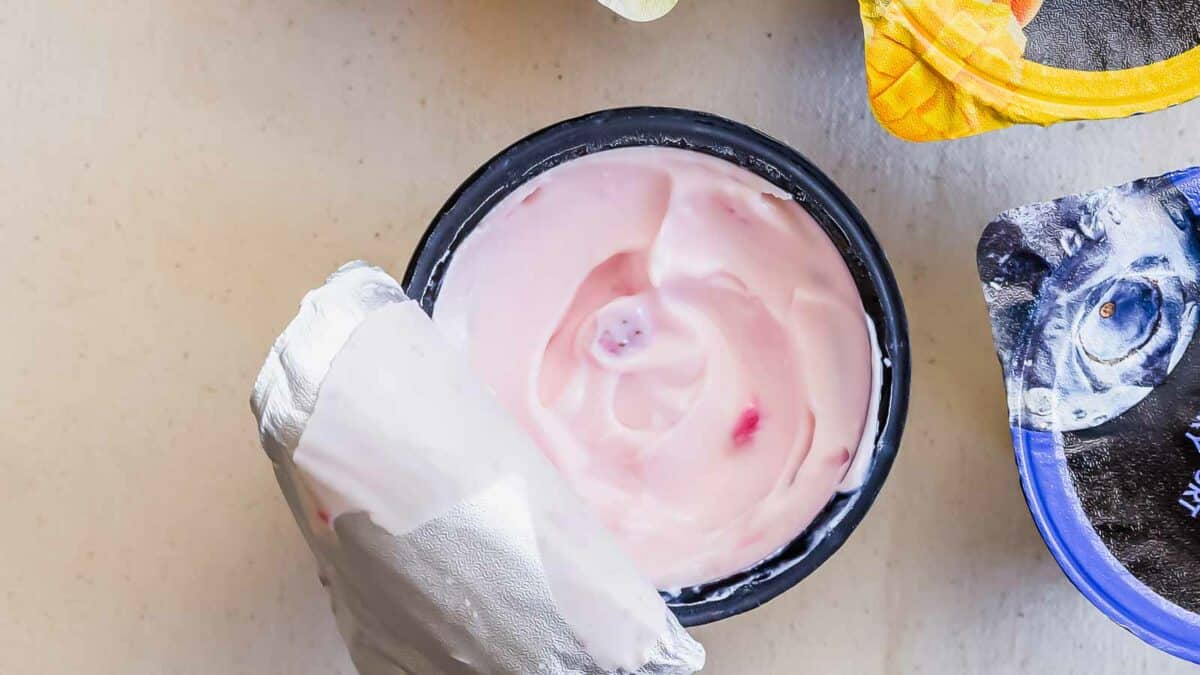
Yogurt is a great food in its natural form, but when brands remove the fat, they usually add sugar or artificial sweeteners to cover up the lack of flavor. That means your “light” cup of yogurt may actually spike your blood sugar and leave you hungrier soon after eating it. The better choice is plain, full-fat Greek yogurt, which gives you protein and fat to keep you full longer. Toss in some fresh fruit or a drizzle of honey and you have a snack that actually works with your body instead of tricking it.
Rice cakes
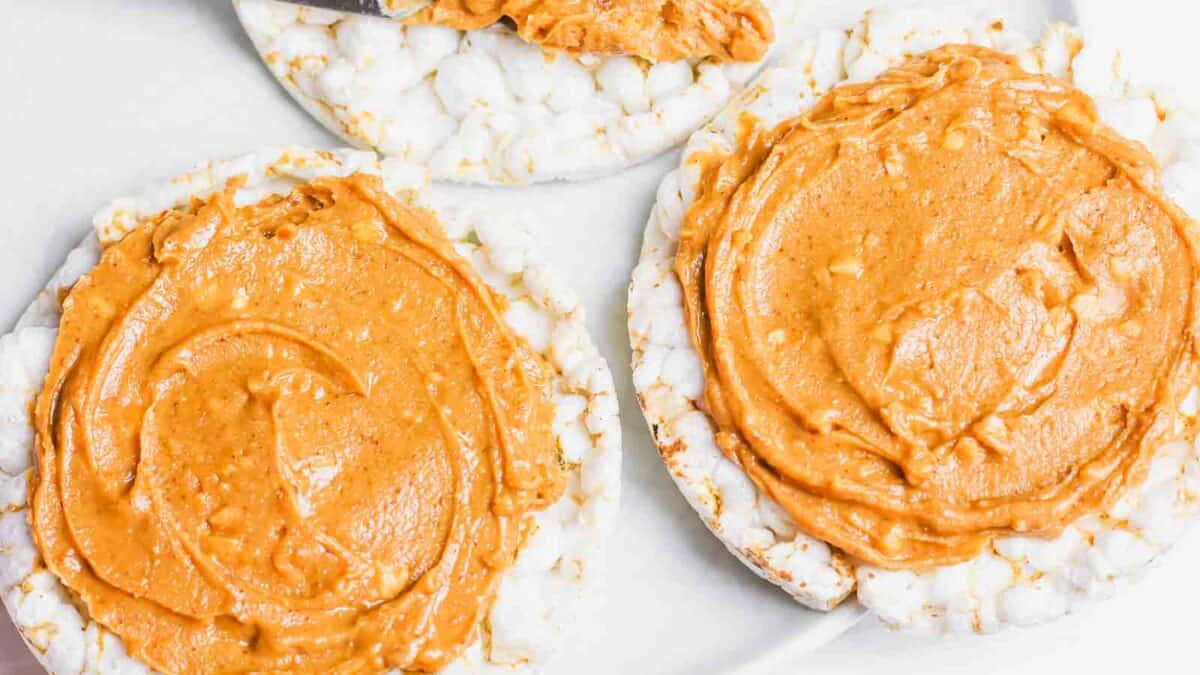
Rice cakes by themselves are low in calories, which is why they get labeled as a diet snack. The catch comes when you top them with nut butter, avocado, or cheese, and suddenly that tiny cake has turned into a calorie-heavy snack. Even without toppings, they don’t offer much nutrition or lasting energy. They’re more like a vehicle for other foods than a real snack. If you like them, try pairing one with veggies or lean protein to make it worth eating rather than just a crunchy placeholder.
Dried fruit
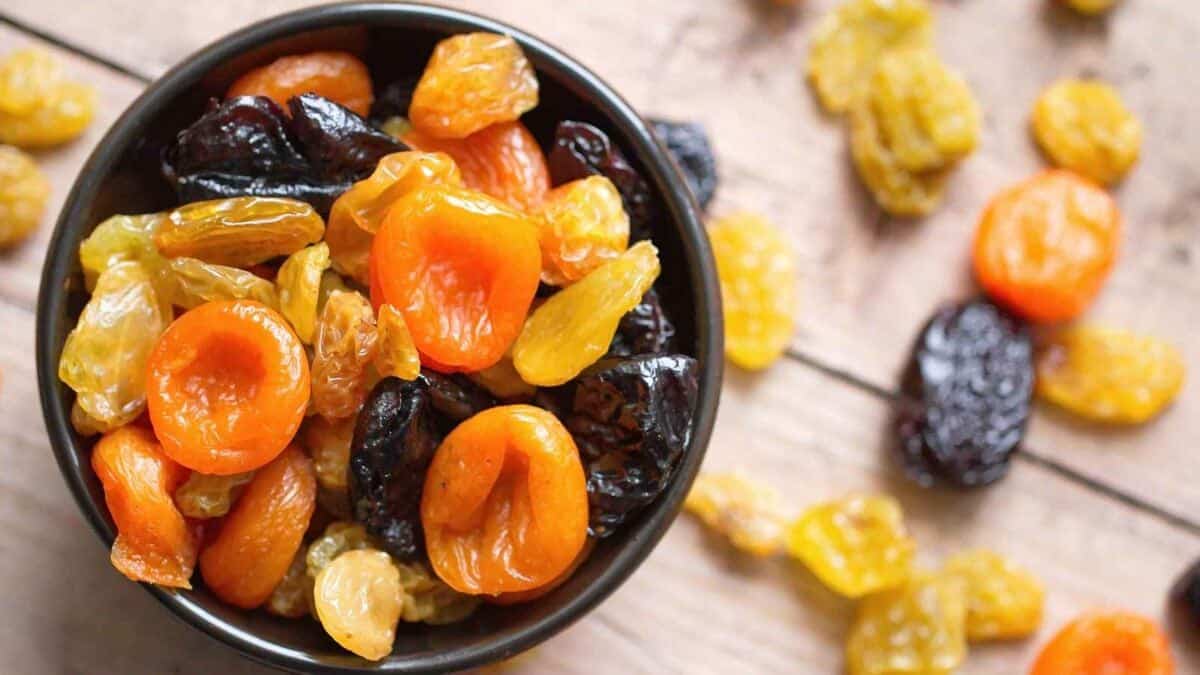
Dried fruit might sound like a wholesome grab-and-go option, but it’s basically concentrated sugar in a small package. Since the water is removed, the serving size shrinks but the sugar content stays high, making it easy to eat several servings without realizing it. Many brands also add extra sugar, which makes it even less of a healthy snack. A handful of dried mango or cranberries can pack the calories of a candy bar without the same satisfaction. Fresh fruit is a better choice if you want something naturally sweet that doesn’t pile on hidden sugars.
Trail mix
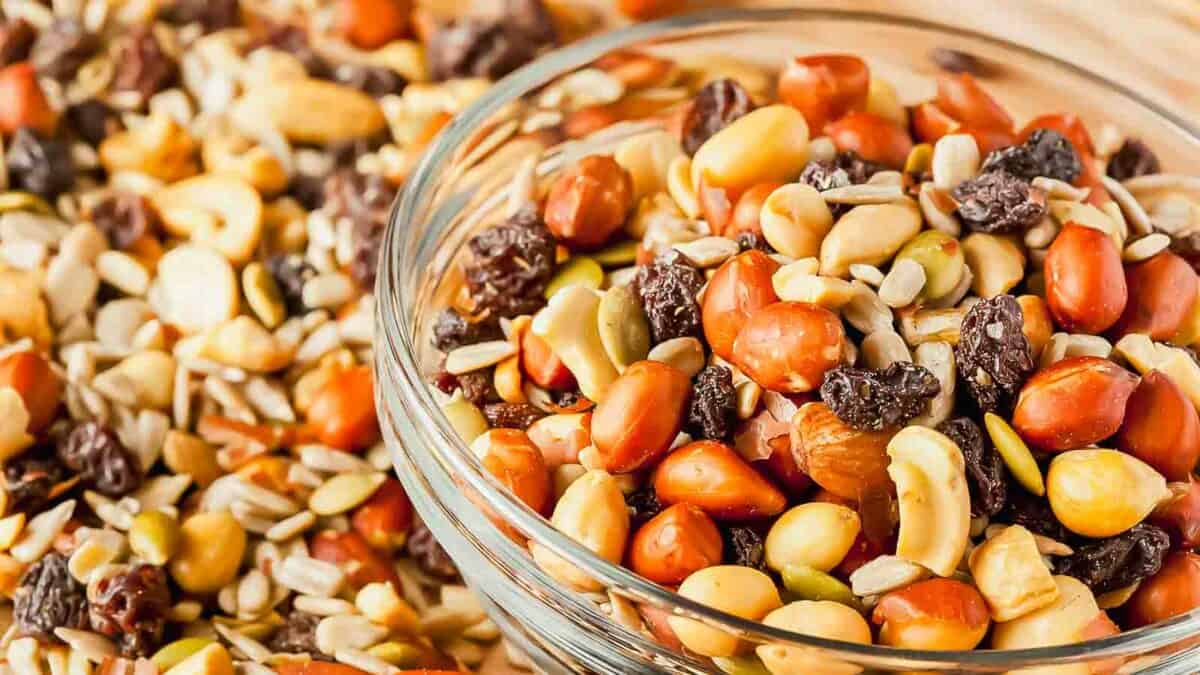
Trail mix starts with a good foundation of nuts, seeds, and dried fruit, but it usually doesn’t stop there. The mixes most people buy are full of sweetened fruit, chocolate candies, and salted nuts that pile on the sugar and sodium. It’s easy to eat several handfuls and suddenly down more calories than you would in a meal. If you really like it, portioning it out beforehand can help, but the idea that trail mix is automatically a healthy snack is misleading. Without paying attention to what’s in it, you might as well just be eating candy mixed with nuts.
Flavored water

Flavored water looks like an innocent swap for soda, but many brands load it up with sugar, syrups, or artificial sweeteners. Some even rival soda in calorie count. It feels like a health-conscious choice when you’re grabbing it instead of a soft drink, but most of the time you’re just trading one sweetened beverage for another. A slice of lemon, lime, or cucumber in plain water will give you the flavor boost without all the additives that sneak in.
Protein bars
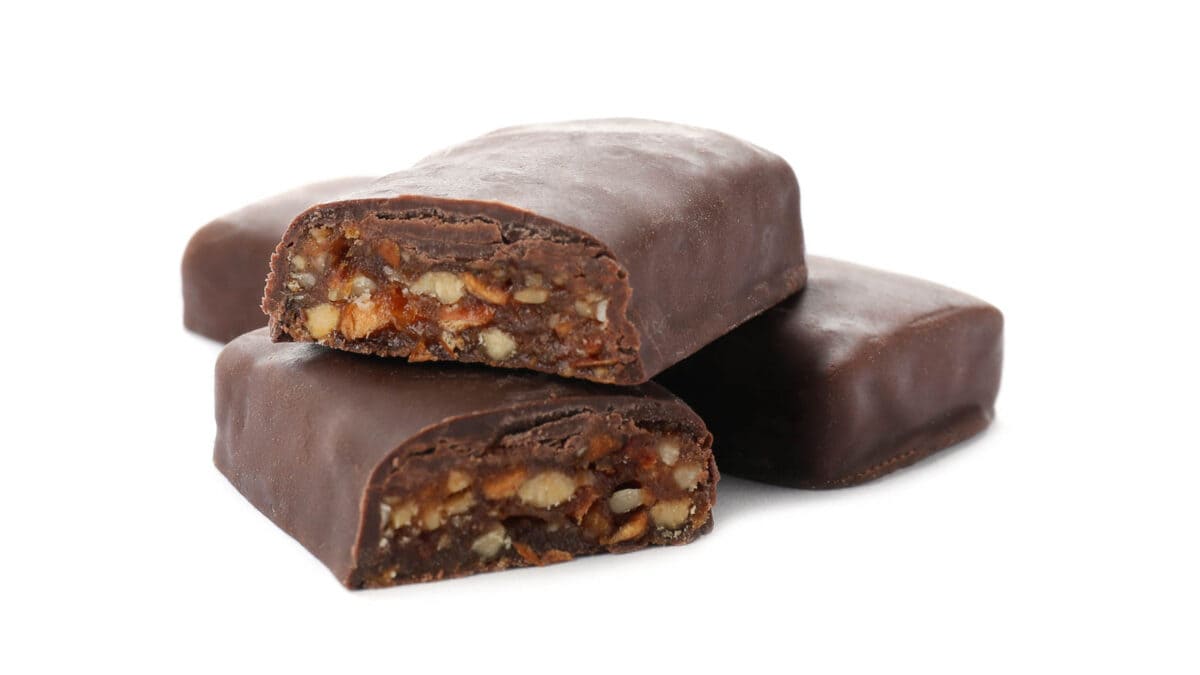
Protein bars seem like the perfect way to boost energy after a workout or power through a long afternoon, but many of them are closer to candy bars with extra protein powder mixed in. Some have more sugar than the treats they’re supposed to replace. The labels make them sound like fuel for athletes, but unless you’re running marathons or lifting heavy every day, you probably don’t need that much protein in one shot. Real food like nuts, eggs, or even leftover chicken is a better way to get protein without all the added sugar and fillers.
Acai bowls
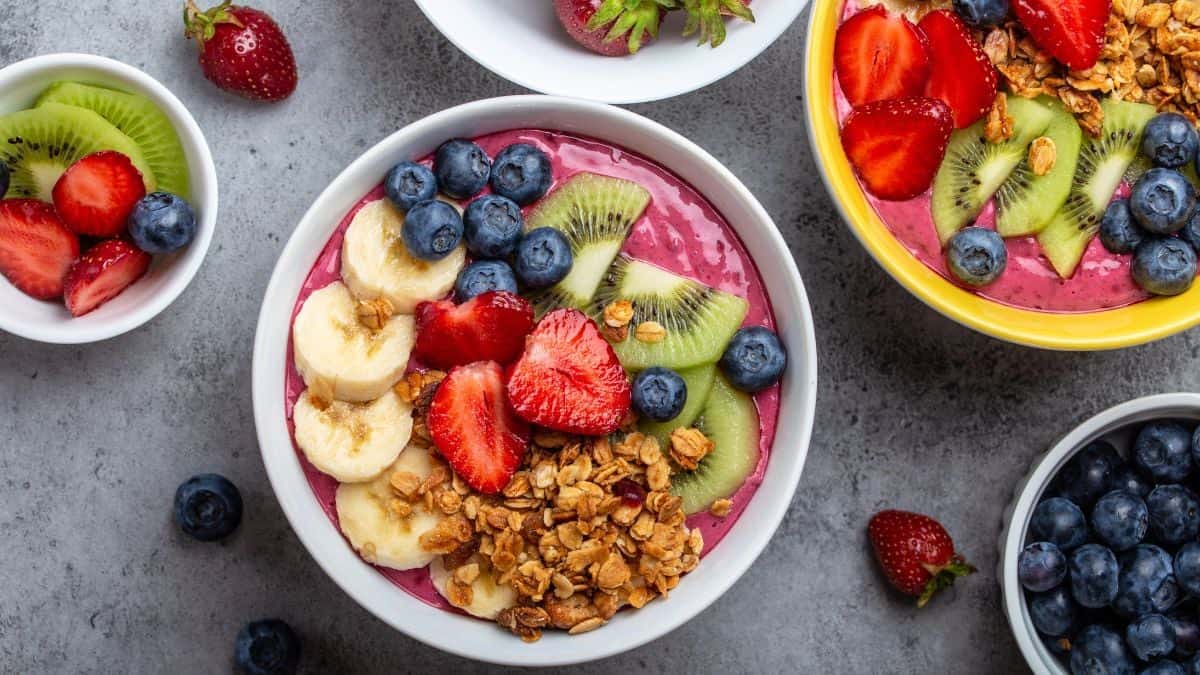
Acai bowls look picture-perfect with their bright colors and fresh toppings, but what you don’t see is how quickly the calories add up. Between the acai base, fruit juices, granola, honey, and extra fruit piled on top, they can easily become more dessert than snack. The acai itself is nutrient-rich, but by the time the toppings are added, it can rival the sugar content of ice cream. If you love them, try keeping the extras lighter with unsweetened yogurt, a sprinkle of seeds, or a small portion of granola instead of a mountain of toppings.
Avocado toast

Avocado toast has become the face of trendy health food, but it’s easy to forget how calorie-dense avocados can be. Add olive oil, seeds, and fancy bread, and what looked like a snack can quickly rival the calorie count of a full meal. It’s still a nutritious option, but thinking of it as a “light bite” can be misleading. If you’re using it as a meal, it works great, but if it’s supposed to just hold you over, it may be doing more than you think.
11 Surprisingly Healthy Snacks You Never Knew Gas Stations Had

Skip the candy bars and use these healthy gas station snacks for your next road trip instead! These snack options are hidden gems you can find at almost every major franchise and will easily change the way you think about gas station food.
Read it Here: 11 Surprisingly Healthy Snacks You Never Knew Gas Stations Had
11 Snacks That Clock In At 100 Calories Or Less

Navigating the world of snacking without overdoing the calories can be a challenge. But we’ve cracked the code with this collection of low calorie snacks that taste good and consist of real food, not a processed food that will leave you craving more. These snacks truly satisfy, whether you’re in the mood for something crunchy, creamy, sweet, or savory and at 100 calories each, they won’t wreck your diet either!
Read it Here: 11 Snacks That Clock In At 100 Calories Or Less
*Select images provided by Depositphotos.
Gina Matsoukas is an AP syndicated writer. She is the founder, photographer and recipe developer of Running to the Kitchen — a food website focused on providing healthy, wholesome recipes using fresh and seasonal ingredients. Her work has been featured in numerous media outlets both digital and print, including MSN, Huffington post, Buzzfeed, Women’s Health and Food Network.
